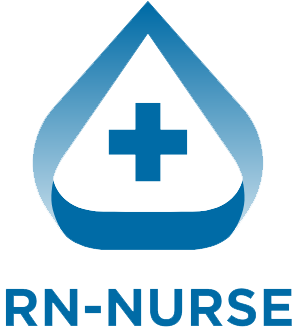When preparing for the NCLEX, every nurse and RN nurse knows that obstetric (OB) medications are a must-study area. From managing preeclampsia to inducing labor and promoting fetal lung maturity, OB meds show up frequently in nursing exams and clinical practice. As a registered nurse, being confident in these drugs is key to patient safety. This guide breaks down three high-yield medications—magnesium sulfate, oxytocin, and betamethasone—into simple nursing notes you can add to your nursing bundle.
1. Magnesium Sulfate (MgSO₄)
Purpose:
- Prevents and treats seizures in severe preeclampsia and eclampsia.
- Also used as a tocolytic (to slow uterine contractions).
Nursing Considerations:
- Monitor closely: respiratory rate, deep tendon reflexes (DTRs), urine output.
- Toxicity signs: respiratory depression, absent reflexes, decreased urine output (<30 mL/hr).
- Antidote: Calcium gluconate.
- NCLEX tip: Always check DTRs before the next dose.
2. Oxytocin (Pitocin)
Purpose:
- Induces or augments labor.
- Controls postpartum hemorrhage.
Nursing Considerations:
- Monitor contractions: Should be 2–3 minutes apart, lasting 60 seconds or less.
- Watch for uterine tachysystole (too frequent contractions) → may cause fetal distress.
- Monitor fetal heart rate (FHR) continuously.
- NCLEX tip: Stop infusion if late decelerations or uterine hyperstimulation occur.
3. Betamethasone (Corticosteroid)
Purpose:
- Promotes fetal lung maturity in preterm labor (stimulates surfactant production).
Nursing Considerations:
- Given to moms between 24–34 weeks if preterm delivery is likely.
- Administer via IM injection, usually 2 doses 24 hours apart.
- Monitor maternal blood sugar (can increase glucose levels).
- NCLEX tip: Improves neonatal outcomes, especially for respiratory distress syndrome (RDS).
Nursing Quick Review Table
| Medication | Purpose | Key Nursing Action | NCLEX Focus |
|---|---|---|---|
| Magnesium sulfate | Prevent seizures (preeclampsia) | Monitor reflexes, urine, RR | Antidote = Calcium gluconate |
| Oxytocin | Induce labor, stop hemorrhage | Monitor FHR, contractions | Stop if late decels |
| Betamethasone | Fetal lung maturity (preterm) | Monitor glucose, IM injection | Preterm < 34 weeks |
Final NCLEX Takeaway
For the NCLEX, OB medications are high-yield. As a registered nurse or RN nurse, your role is not just giving the drug but recognizing side effects, preventing complications, and teaching the patient. Adding this OB medications cheat sheet to your nursing bundle will help you master pharmacology with confidence.

